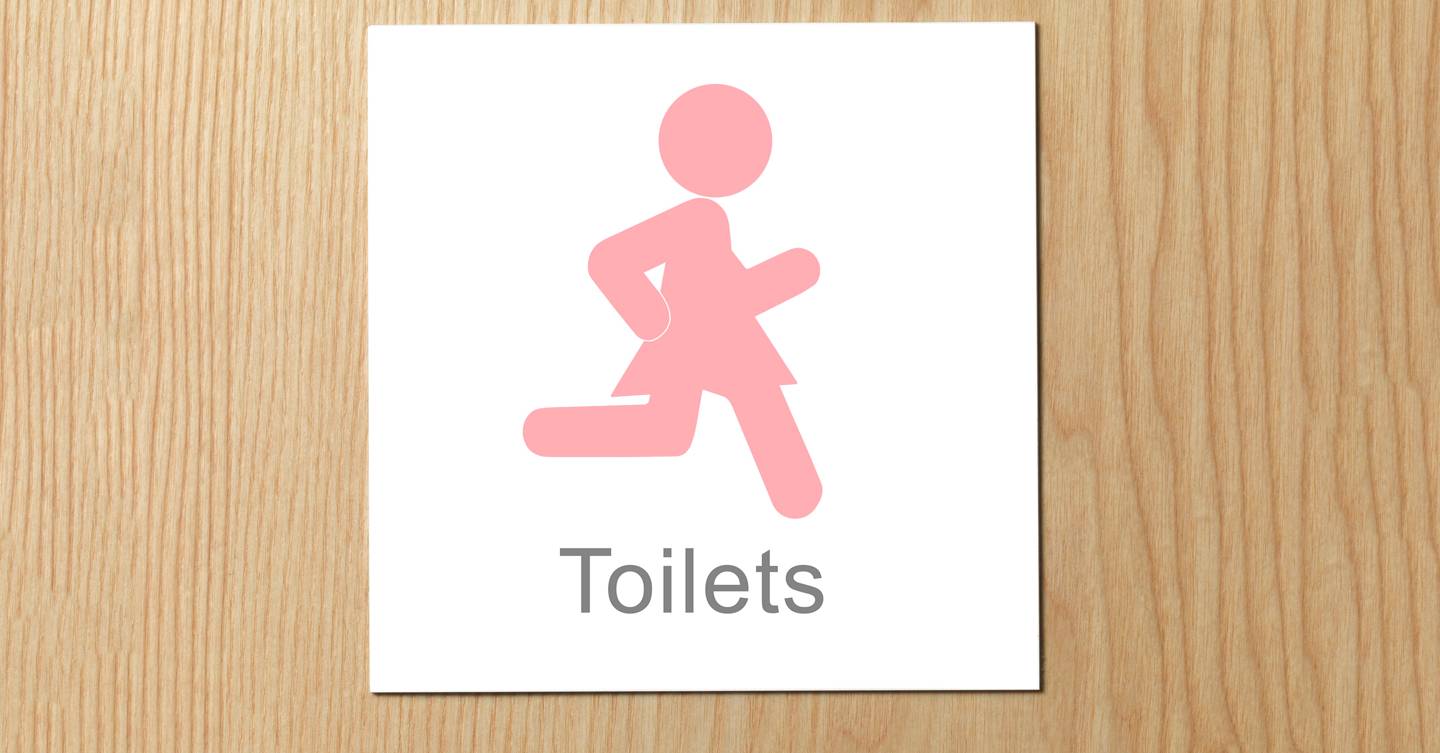Much like pooing (yes, we all do it), how we wipe our bum and STIs, incontinence is one of those awkwardly taboo topics that women shy away from. We want to change that. You deserve to educate yourself about your health and receive the best medical advice to live your fullest life.
It’s convenient, then, that it’s World Continence Week, meaning there’s never been a better time to talk all things incontinence. We’ve enlisted the expert advice of Sanature Pro Vivo (the 100% cotton incontinence pad brand) and Pelvic Floor Physiotherapist, Roseanna Grace, to delve into exactly what incontinence is, how you can treat it and to debunk some myths surrounding the taboo topic.
What is urinary incontinence?
Urinary incontinence is the inability to retain urine. Normally the pelvic floor muscles respond to bladder contractions by tightening and supporting the urethra and therefore preserving continence. When this gets dysfunctional however, we leak unwanted urine Urinary incontinence affects 33% of women – that’s 1 in 3*.
What can cause urinary incontinence?
There are many causes of incontinence, one of the most common triggers being weight gain. This is why pregnancy and menopause are both causes. Childbirth can also cause symptoms as it adds trauma to the pelvic floor muscles which have already stretched, thinned and weakened during pregnancy. Other causes are hyper mobility, chronic constipation, high intensity exercise and repetitive heavy lifting.
What are the different types of urinary incontinence?
Stress urinary incontinence is the involuntary leakage of urine with activities that increase intra-abdominal pressure such as coughing, sneezing, laughing, lifting, running, jumping.
Urge urinary incontinence is the inability to get to the toilet in time. This can sometimes be diagnosed by itself or as a slightly different diagnosis of overactive bladder syndrome.
Incontinence Myths Debunked
Incontinence is a normal sign of ageing NO! It is a common part of ageing, but it is never normal. As we age and go through the menopause, we stop producing Oestrogen, which lessens the structural support of all soft tissue, including those around the urethra, which can cause incontinence. This lack of Oestrogen can also lead to weight gain which increases the pressure around the pelvis and stretches the pelvic floor muscles making them less supportive, causing urinary incontinence.
Only older women can get incontinence NO! Women of any age can suffer with urinary incontinence, even those who have never had children or even a pregnancy. Doing hobbies such as running or trampolining are two commonly reported causes in developing urinary incontinence regardless of an obstetric history. Other causes can be a change in routine that affects how often you can go to the toilet e.g longer shifts, travelling long distances.
Every woman who gives birth gets incontinence NO! Dysfunction of the pelvic floor muscles following vaginal birth will depend on the complexity of your delivery, any tears involved, episiotomy, whether you had prolonged pushing, the weight of your baby and your healing process. Some women will have incontinence postnatally, some won’t ever experience incontinence and others may develop symptoms years later.
I can control my incontinence with how much I drink NO! There is no identified link with water intake and stress urinary leakage. Stress leakage will occur with a full bladder, or an ‘empty’ bladder. This is because the mechanism behind this leakage is not associated with bladder capacity. It is either a strength and/or reflex dysfunction and therefore emptying your bladder regularly will not help this. Also drinking less can worsen urge incontinence, because the less we drink, the more acidic our urine gets which can irritate the urethra.
Why pads are important
Pads are such an important part of managing urinary incontinence. They are often the first thing women will purchase in order to self-manage these unwanted symptoms. They allow women to preserve their confidence and limit any chances of embarrassment.
An important thing to remember is that by using pads to manage your incontinence, you can damage your vulval skin, which can result in soreness, itching, redness and general discomfort, especially when teamed with acidic substance like urine.
Many unnatural pads, tampons and liners are bleached in chlorine that can result in irritation and in some instances, pain. Using natural and 100% cotton pads like Sanature Pro Vivo means that you are being much kinder to your sensitive vulval skin.
